Sparkling Traditional Method
Yiannis Tselepos, carrying his rich experience from France, successfully endeavored to vinify a sparkling wine from Moschofilero with the traditional method, paving the way for the production of other sparkling wines from indigenous varieties.
The traditional method stands out over other sparkling winemaking practices, as it gives wines with integrated bubbles of better quality, a more complex character and more aging potential.
Yiannis Tselepos was one of the first winemakers who recognized the potential of Moschofilero in Mantinia for the production of sparkling wine. Carrying rich experience from France, successfully endeavored to vinify a sparkling wine from Moschofilero with the traditional method, paving the way for the production of other sparkling wines from indigenous varieties, such as the sparkling wine made from Agiorgitiko in Nemea, made with the traditional method as well.
The traditional method initially uses low brix grapes of high acidity and high purity of scents and flavors, which are pressed whole-clustered before they are fermented, resulting to the base wine. The base wine is then bottled and blended with a concentrate of must, sugar and yeast and topped with a crown cap, a process known as “tirage”.
This is followed by a period of aging in the bottle, where the wine blends with the so-called “lees”, which offer the characteristic flavors of the yeast to the wine and also enhances its body, improving its structure and complexity. During this aging process, the characteristic “rotation” of the bottle happens, known as “remuage” or “riddling”, which helps to descend the sediment to the bottle neck which will then be removed.
The bottles are placed upside down into freezing liquid which causes the yeast bits to freeze in the neck of the bottle. The crown cap is then popped off momentarily which allows the frozen chunk of lees to shoot out of the pressurized bottle.
During the final stage of this process, the sediment in the neck of the bottle freezes with the use of liquid Nitrogen and is removed (“disgorgement”), while the “liquer d’expedition” is added before the final bottling, a sweet concentrate of unique and secret composition that determines the percentage of sugar in the final wine and constitutes the winemaker’s signature on the final product.
The traditional method stands out over other sparkling winemaking practices, as it gives wines with integrated bubbles of better quality, a more complex character and more aging potential. Our Estate, having a long tradition in sparkling wine production, offers a range of labels with various aging “on the lees” periods in the bottle, aiming to preserve and promote the distinctive characteristics of our indigenous varieties in the final sparkling wine.
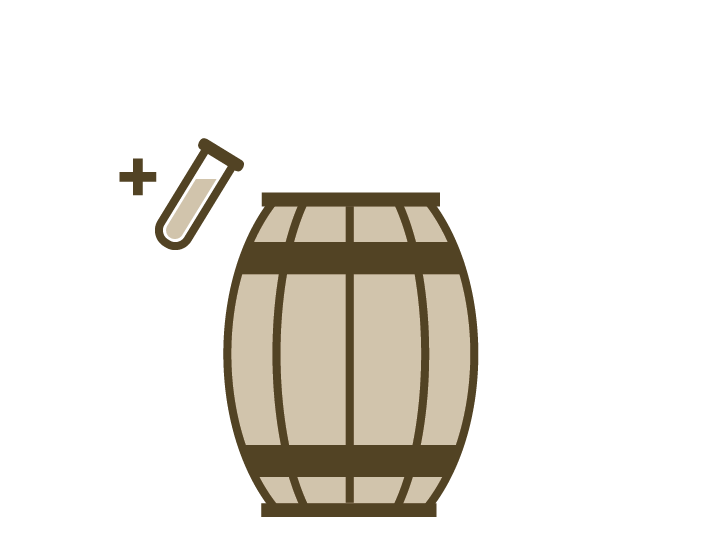
– 1 –
First Fermentation
The first fermentation results in a high-acid/low-alcohol base wine.
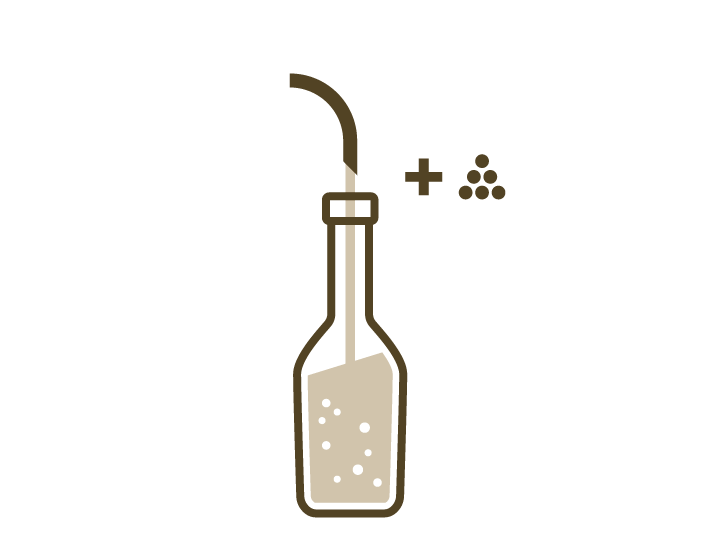
– 2 –
Tirage
A mixture of sugar, wine & yeast (Liqueur de Tirage) is added to the bar wine.

– 3 –
Second Fermentation
The second fermentation produces CO2, making the wine effervescent. The wine is left in bottles to age in contact with the dead yeast cells.

– 4 –
Riddling
Bottles are inverted and twisted daily to slowly move the lees (dead yeast sediment) to the bottle’s neck.
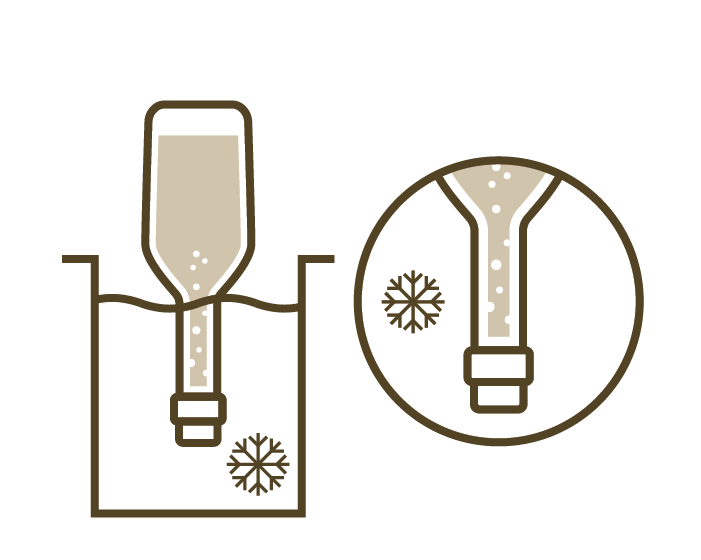
– 5 –
Freezing
The lees in the neck of the bottle are frozen in a chilled brine, resulting in a leesy ice block.
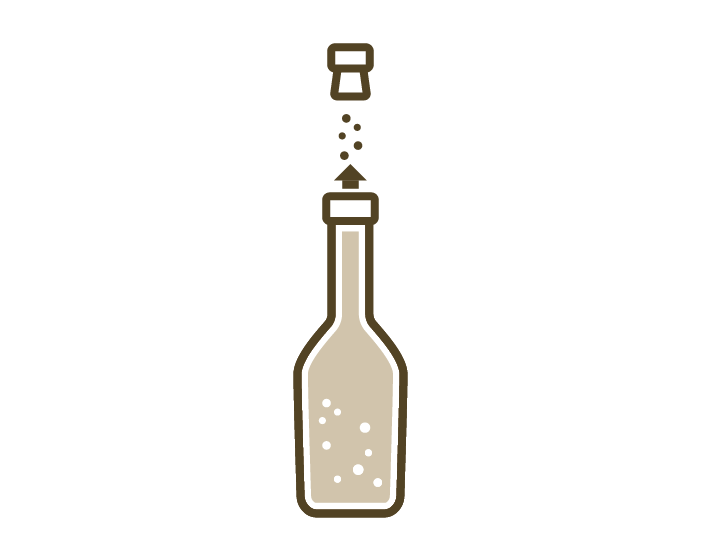
– 6 –
Disgorging
When the bottle is turned upright and the cap is removed, the frozen block of lees is ejected by the pressure in the bottle.
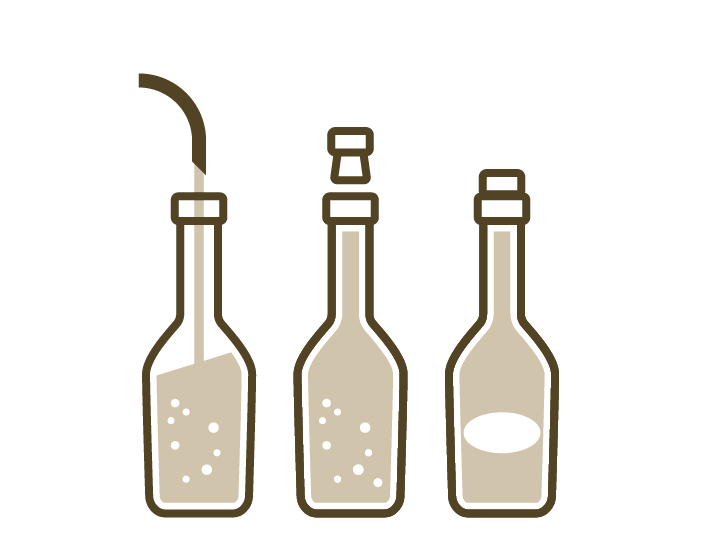
– 7 –
Dosage, Corking, Labeling
The dosage (Liqueur d’ Expedition) is added and the bottle is corked. A wire cage is added over the cork to keep it in place under pressure and the label is placed. The wine is ready to enjoy.

